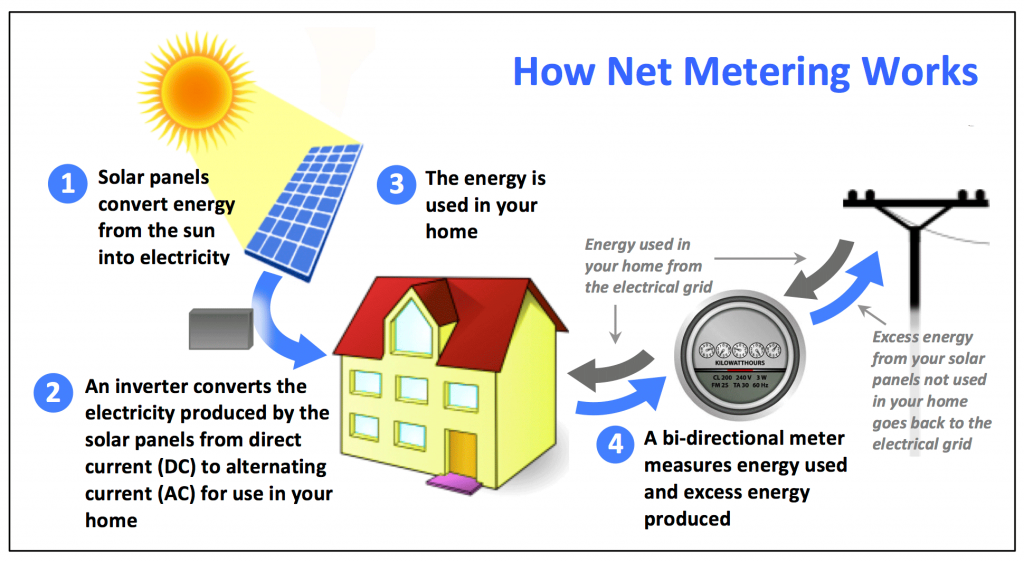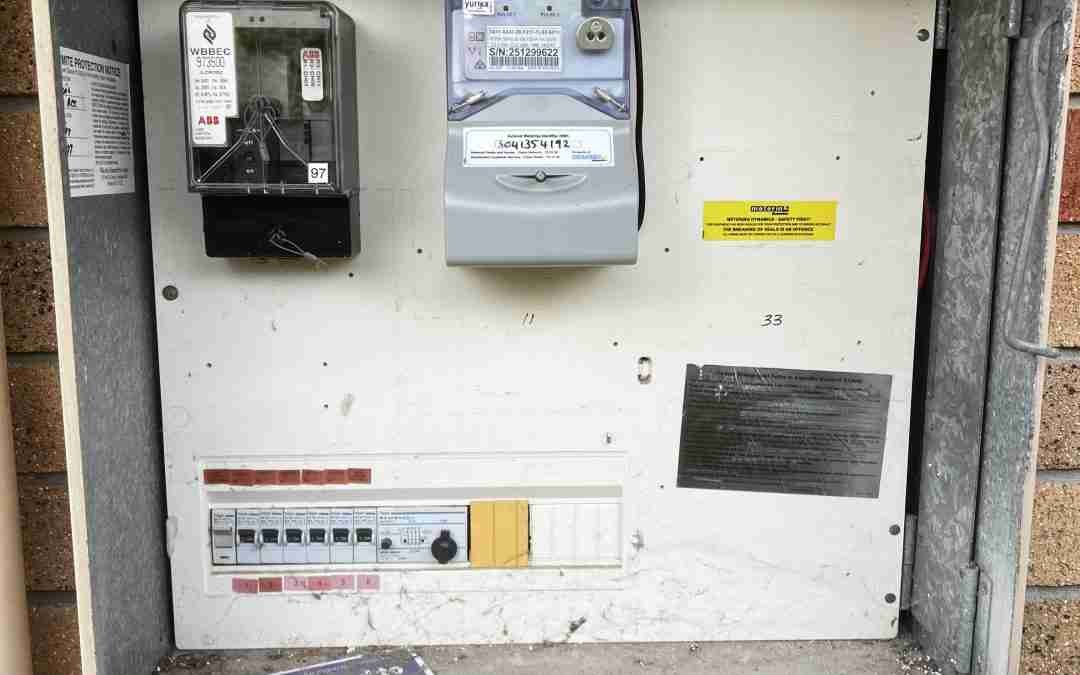Net metering is a billing mechanism that allows consumers who generate their own electricity from solar panels or other renewable sources to sell their excess electricity back to the utility grid. This can significantly reduce or even eliminate their electricity bills.

How does net metering work?
When your solar panels generate more electricity than you consume, the excess electricity is sent back to the grid. Your utility meter will run backward to reflect this excess generation. At the end of the billing period, you will be credited for the excess electricity you generated. This credit can be used to offset the cost of electricity you consume from the grid, potentially reducing or eliminating your electricity bill.
Benefits of net metering
There are many benefits to net metering for both consumers and utilities. For consumers, net metering can:
- Significantly reduce or eliminate electricity bills
- Increase energy independence
- Provide a hedge against rising electricity rates
- Help protect the environment by reducing reliance on fossil fuels
For utilities, net metering can:
- Encourage the adoption of renewable energy
- Reduce the need for new power plants
- Improve grid stability by helping to manage peak demand
Net metering policies vary by state
The specific rules and regulations for net metering vary from state to state. In some states, net metering is mandatory, while in others it is optional. Some states have caps on the amount of excess electricity that can be credited back to consumers, while others have no caps.
The future of net metering
Net metering has been facing some challenges in recent years, as utilities have argued that it is unfair to subsidize solar customers with higher electricity rates. However, many states are still committed to net metering and are working to find ways to make it more equitable.
Overall, net metering is a valuable policy that can help to promote the adoption of renewable energy and achieve a more sustainable future.
